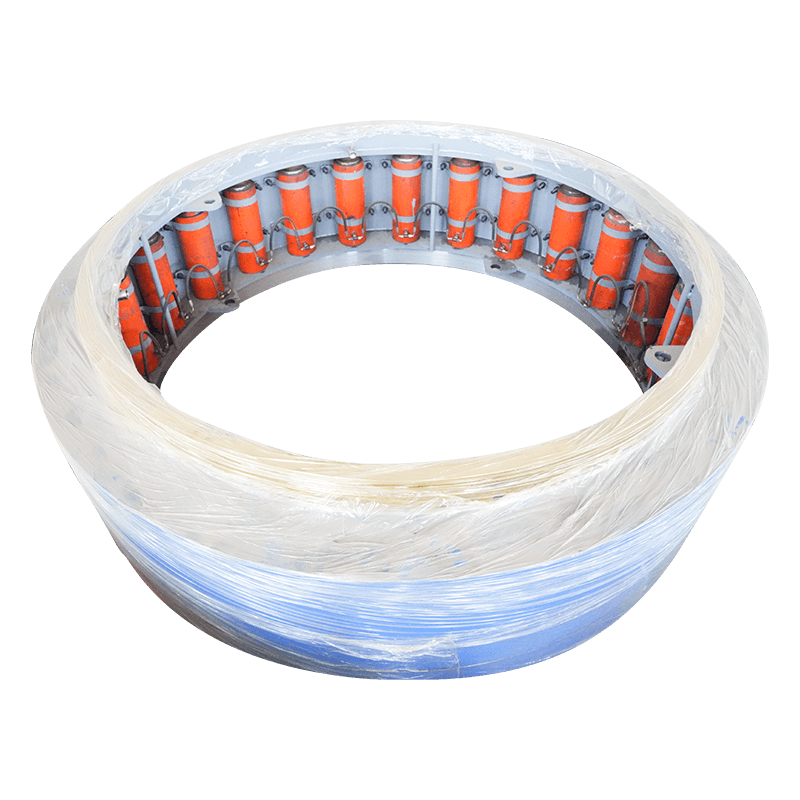A Tunnel Boring Machine (TBM) is essentially a self-contained factory on rails, designed to excavate tunnels precisely and efficiently. Unlike traditional drill-and-blast methods, TBMs offer significant advantages in terms of speed, safety, and environmental impact.
At the heart of every TBM is its cutterhead. This massive rotating wheel is equipped with disc cutters, cutting bits, or scrapers, depending on the geological conditions. As the cutterhead rotates and is pushed forward against the tunnel face, these tools excavate the material. The excavated spoil is then channeled through openings in the cutterhead to a conveyor system (often screw conveyors or belt conveyors) that transports it to the rear of the machine for removal from the tunnel.
Key Components and Their Functions:
-
Cutterhead: The front-most part of the TBM, responsible for excavating the ground. The type of cutters varies:
-
Disc cutters are used for hard rock, crushing the rock as they roll over it.
-
Cutting bits and scrapers are more common for softer soils, cutting and scraping the material.
-
-
Thrust System: Behind the cutterhead are powerful hydraulic cylinders that push the TBM forward. These cylinders typically push against the previously installed tunnel lining segments or against grippers that exert pressure on the tunnel walls.
-
Shield: This is the main body of the TBM, providing support to the excavated ground and protecting the working crew and machinery from collapses. The shield also houses various systems.
-
Erector System: As the TBM advances, it simultaneously installs the precast concrete segments that form the permanent tunnel lining. The erector arm picks up these segments and precisely places them to create a ring.
-
Grouting System: Once a tunnel ring is installed, grout is injected into the annular gap between the installed segments and the excavated ground. This serves to stabilize the ground, transfer loads, and prevent water ingress.
-
Muck Removal System: As mentioned, conveyors transport the excavated material ("muck") to the rear of the TBM, where it's loaded onto trains, trucks, or other systems for removal from the tunnel.
-
Guidance System: Modern TBMs use sophisticated laser guidance systems, GPS, and other surveying equipment to ensure the tunnel is excavated precisely along the designed alignment and gradient.
-
Trailing Gear (Backup System): Extending behind the TBM shield for hundreds of meters, the trailing gear houses crucial support systems. This includes transformers for power, ventilation ducts, water and grout lines, control rooms, and crew facilities.
Types of TBMs:
The selection of a TBM type is crucial and depends heavily on the geological conditions and the presence of groundwater:
-
Open-face TBMs (Gripper TBMs): Ideal for stable rock conditions. They advance by gripping the tunnel walls and pushing forward.
-
Shield TBMs: Used in unstable ground conditions where immediate support is required. The shield protects the ground until segments are installed.
-
Earth Pressure Balance Machines (EPBMs): Commonly used in soft ground with varying consistency. They maintain a balance between the pressure of the excavated soil in the chamber and the pressure required to support the tunnel face, preventing ground settlement.
-
Slurry TBMs: Best suited for very wet, saturated ground or ground with high water pressure. A pressurized slurry (bentonite or polymer mixture) is used to support the tunnel face, and the excavated material is mixed with this slurry and pumped out.
-
Single Shield TBMs: Operate in cohesive ground where the ground can stand for a short period before lining installation.
-
Double Shield TBMs: Used in fractured rock or mixed ground. They have two shields that allow for continuous excavation and segment erection, leading to faster advance rates.
-
Advantages of TBMs:
-
Speed: TBMs can achieve significantly faster excavation rates compared to conventional methods, especially over long distances.
-
Safety: They provide a safer working environment by immediately supporting the ground behind the cutterhead, reducing the risk of collapses and exposure to hazardous conditions.
-
Precision: TBMs can maintain very tight tolerances, ensuring the tunnel is excavated to the exact design specifications.
-
Environmental Impact: They cause less surface disruption, reduce noise and vibration, and minimize the need for blasting, making them ideal for urban areas.
-
Reduced Labor: While requiring skilled operators, TBMs generally need fewer personnel at the tunnel face compared to drill-and-blast.
Challenges and Considerations:
-
Cost: TBMs are extremely expensive to purchase and operate.
-
Logistics: Transporting, assembling, and launching a TBM is a massive logistical undertaking.
-
Ground Conditions: Unexpected changes in geology, such as encountering highly fractured rock or large boulders in soft ground, can significantly slow down or halt operations. Water ingress is another major challenge.
-
Maintenance: TBMs are complex machines requiring continuous maintenance and specialized spare parts.
-
Tunnel Length: TBMs are most cost-effective for long tunnels, as the initial setup costs are high.
In conclusion, TBMs are a testament to modern engineering marvels, revolutionizing how tunnels are built globally. Their ability to bore through challenging ground conditions with precision, speed, and enhanced safety makes them an indispensable tool for major infrastructure projects worldwide, from subway systems to water supply tunnels and highway bypasses.


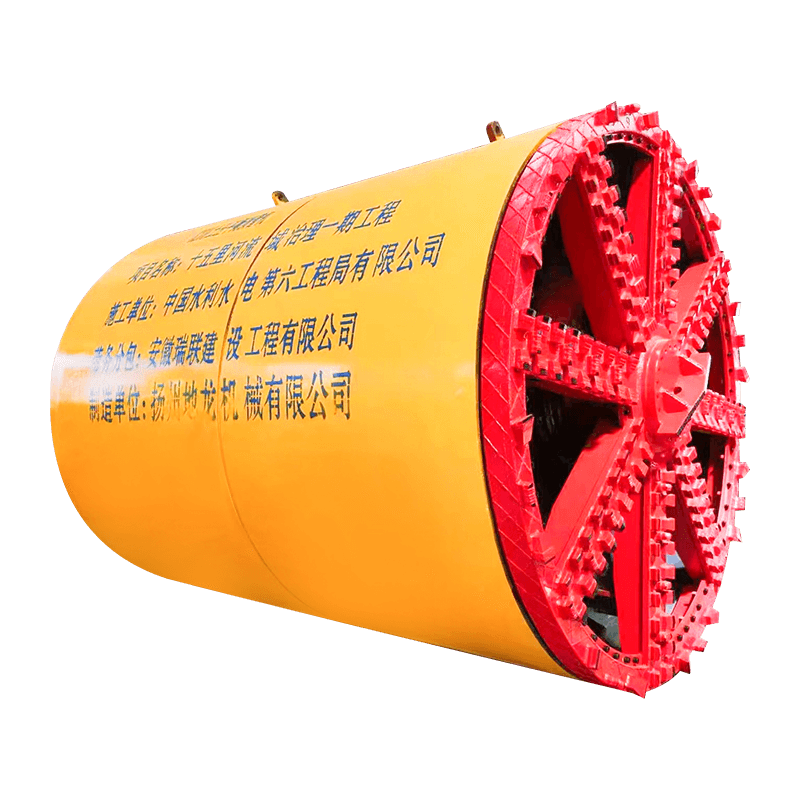
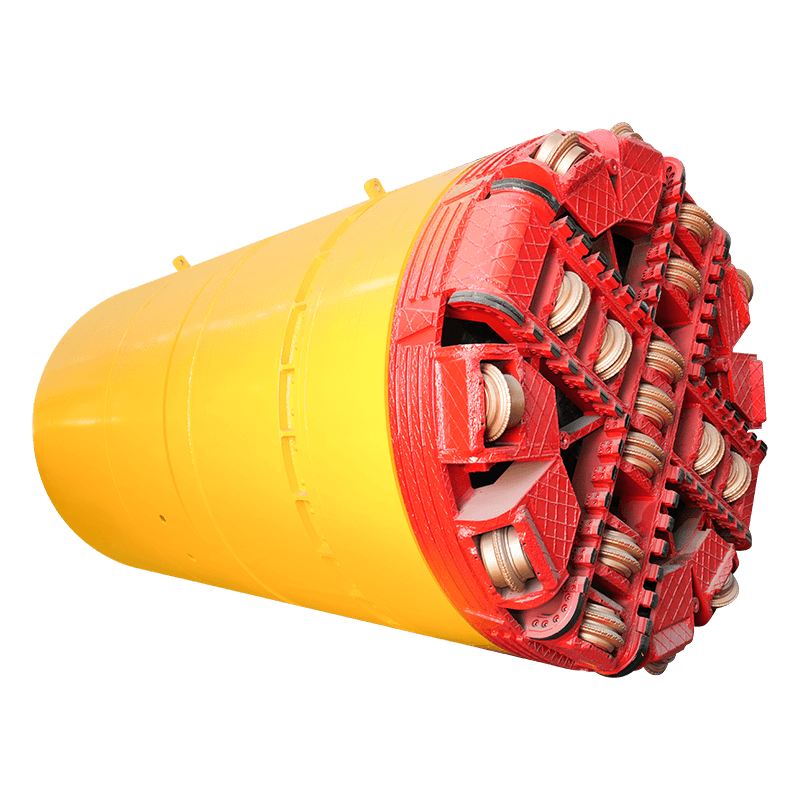


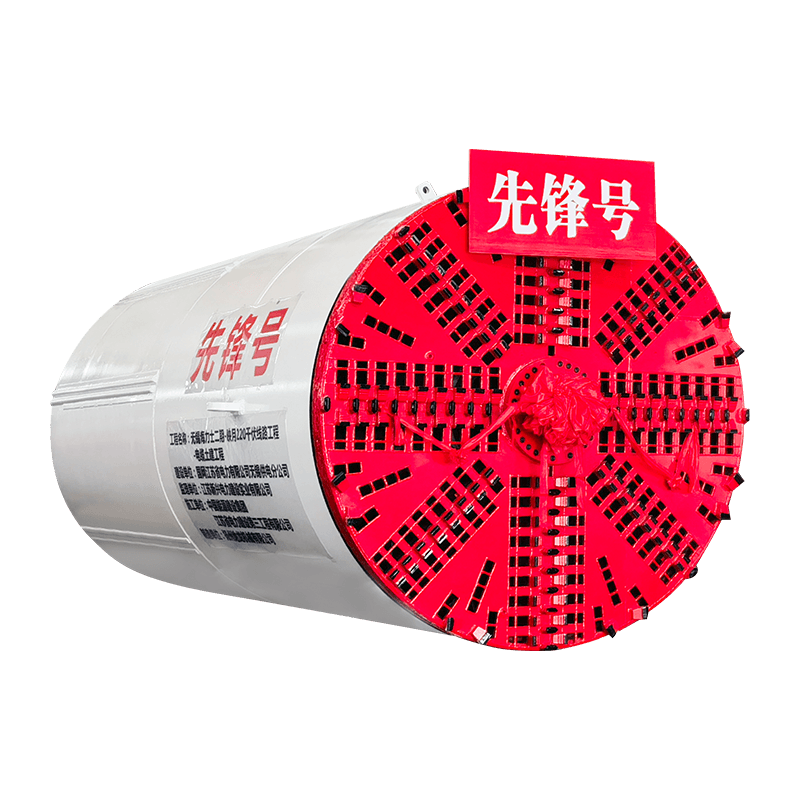
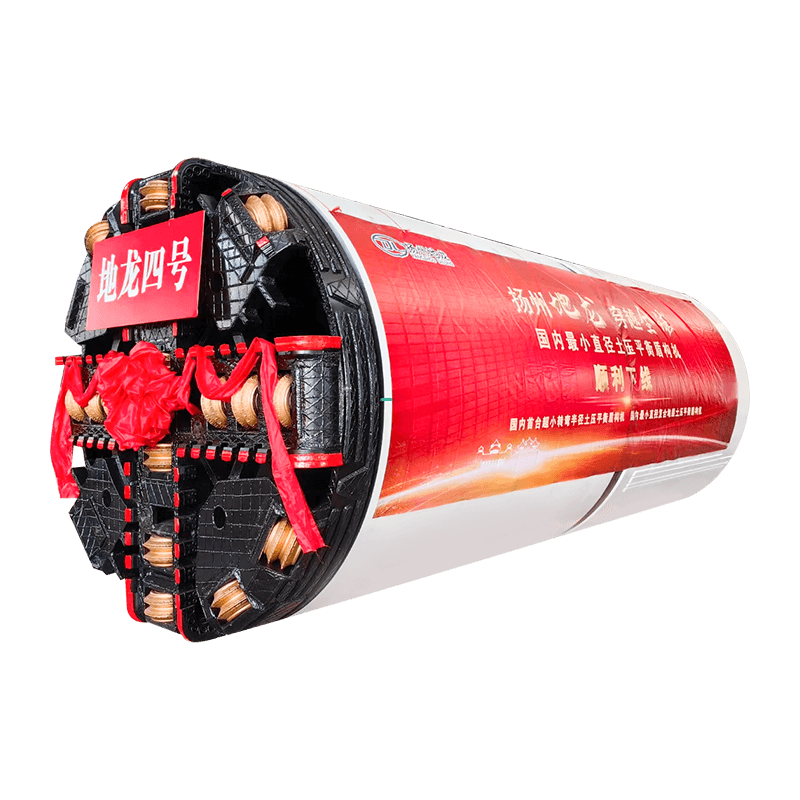


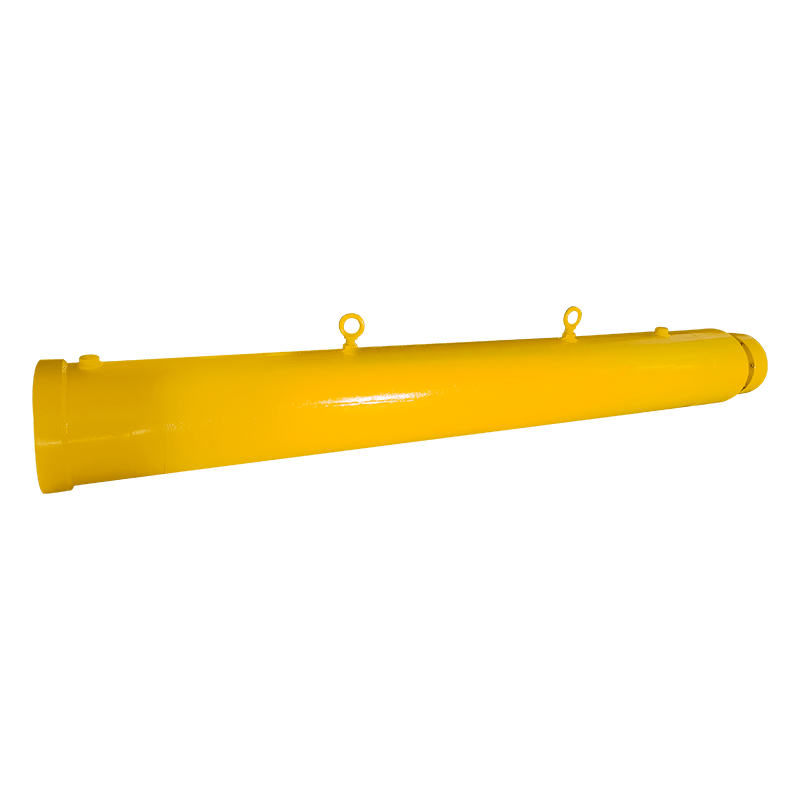



 English
English  русский
русский  عربى
عربى 
